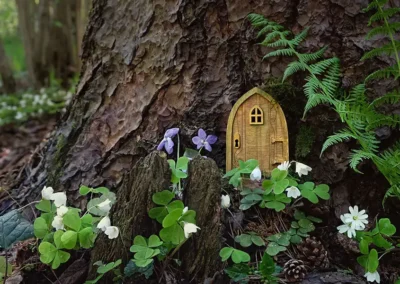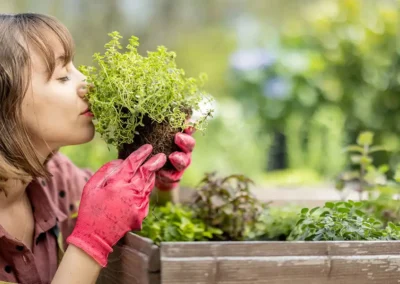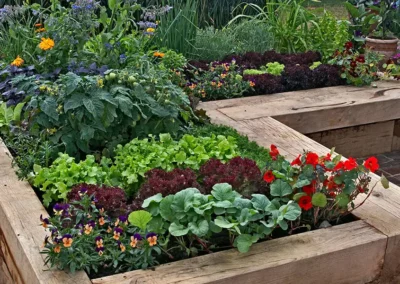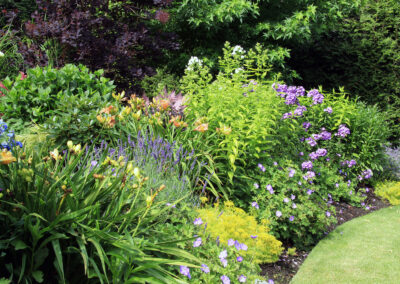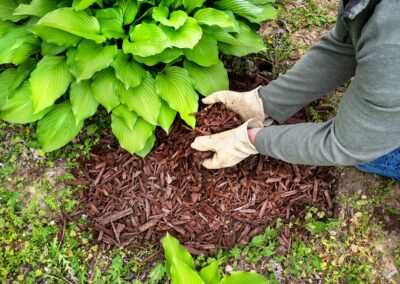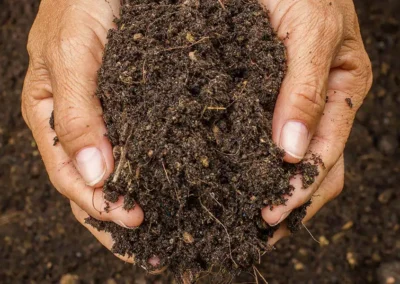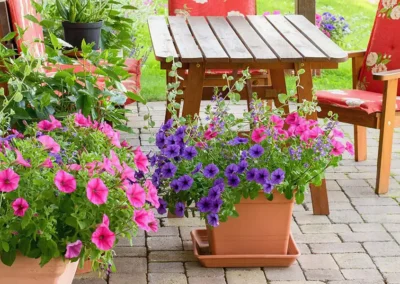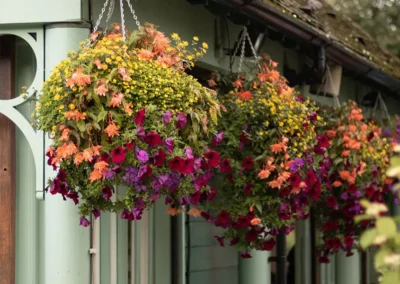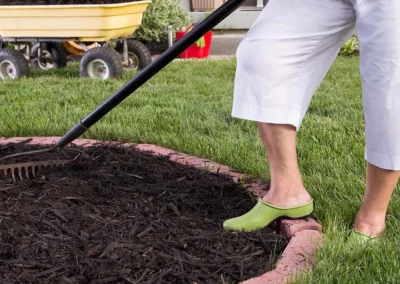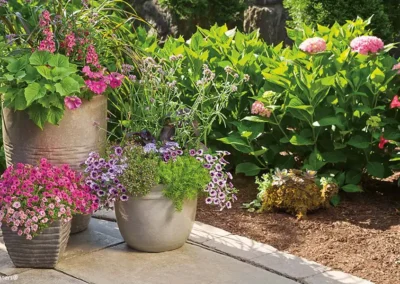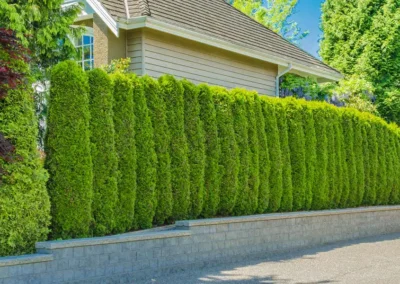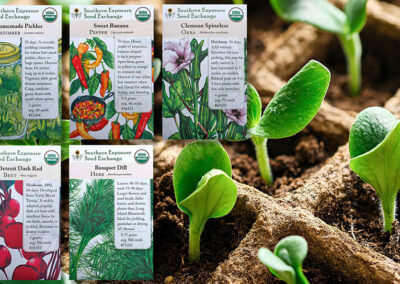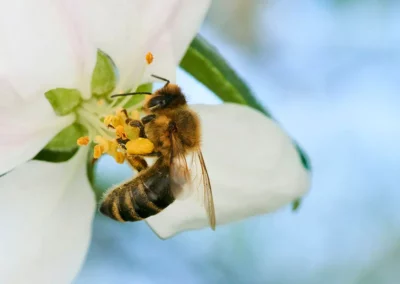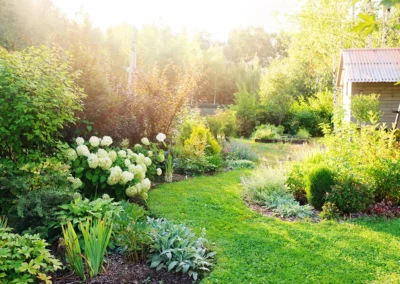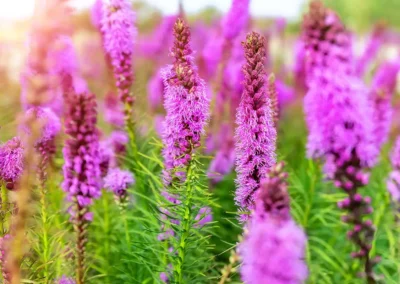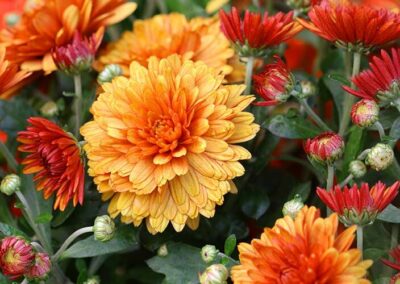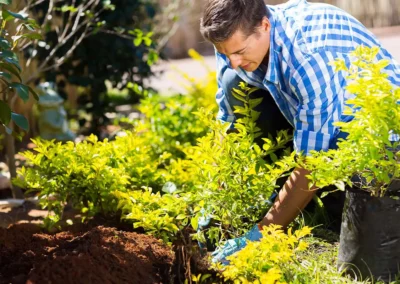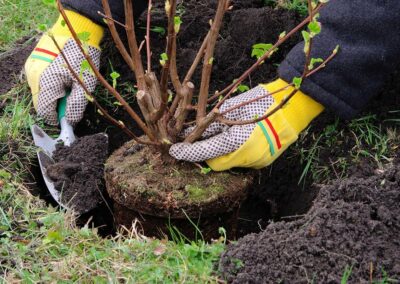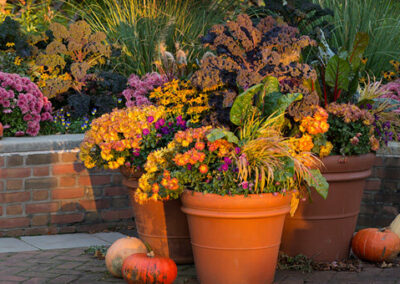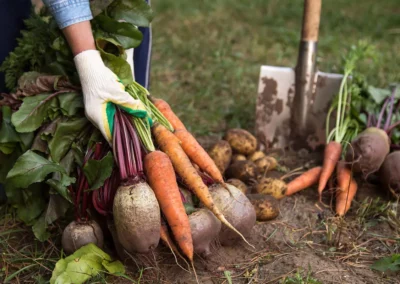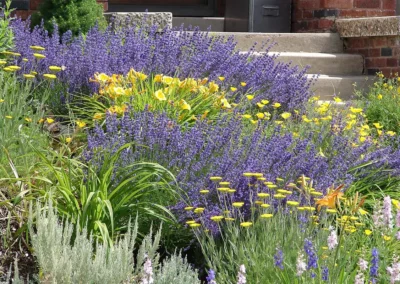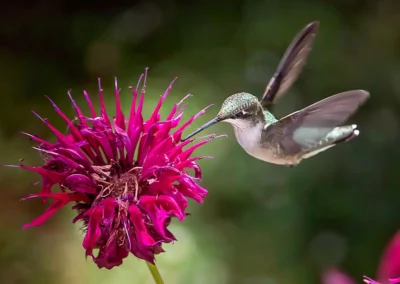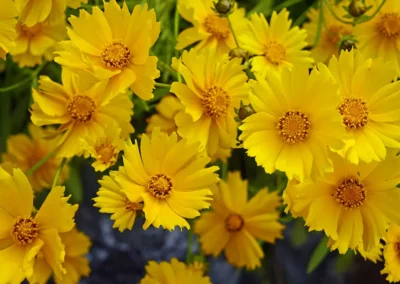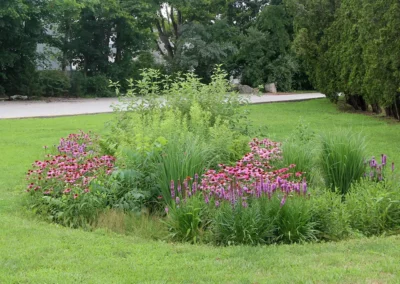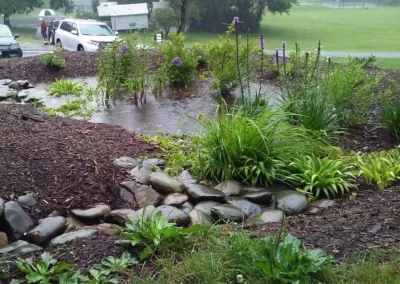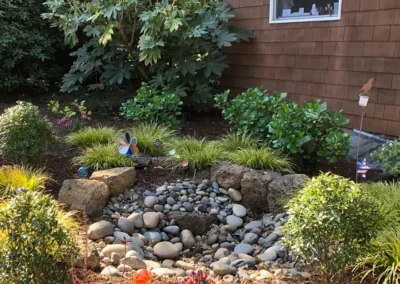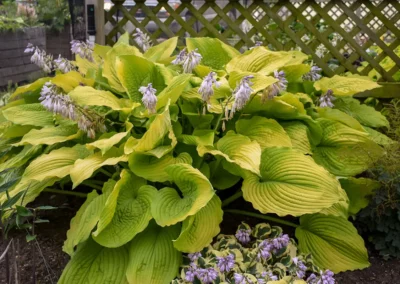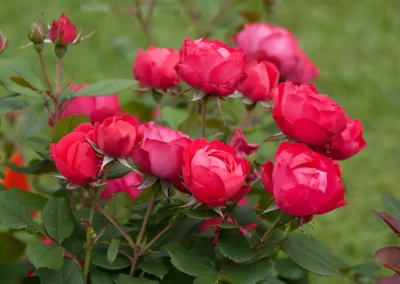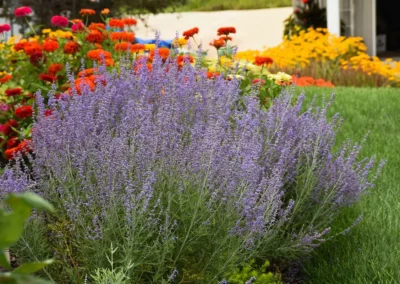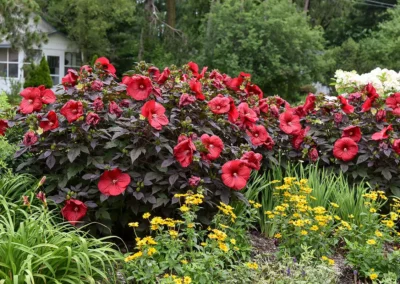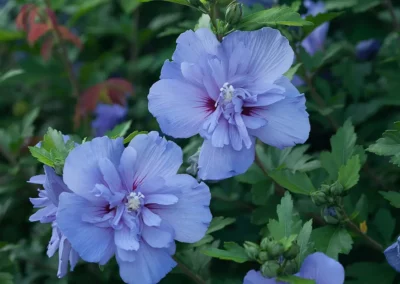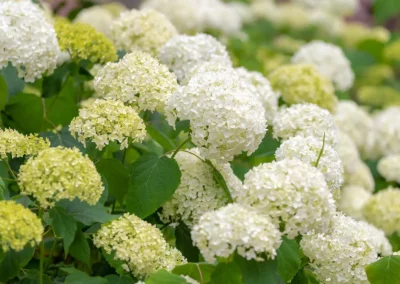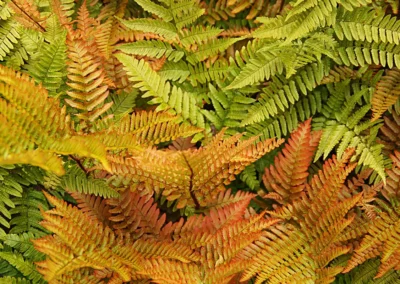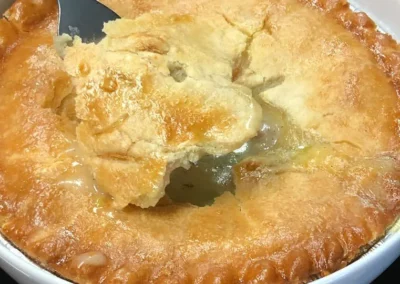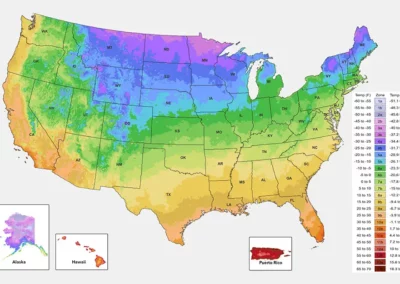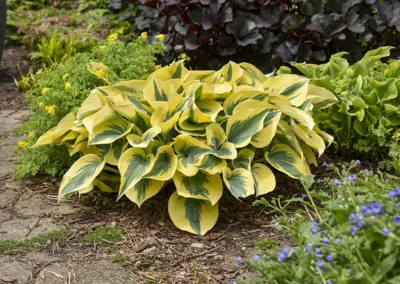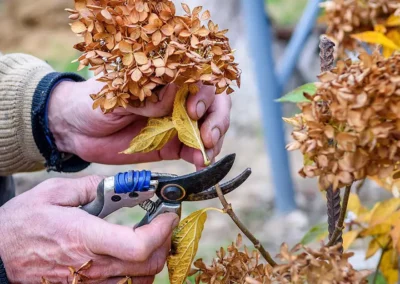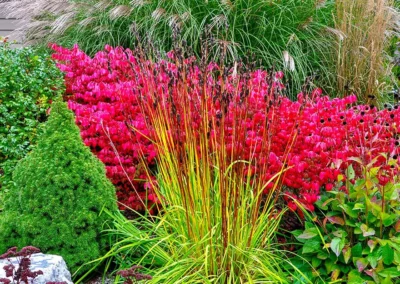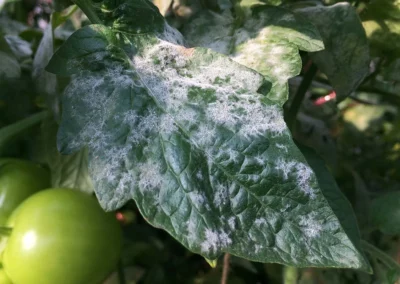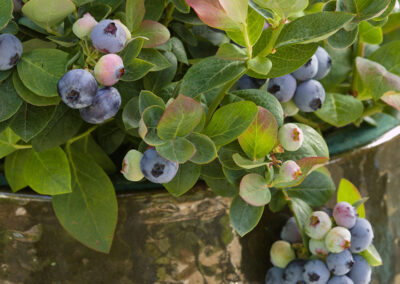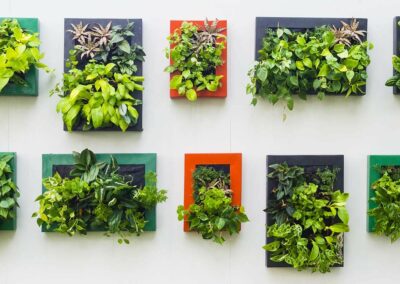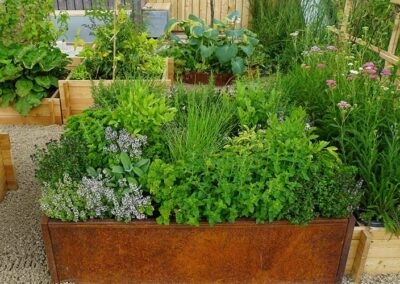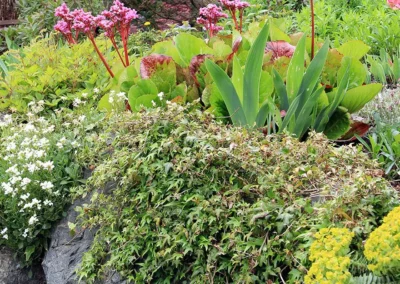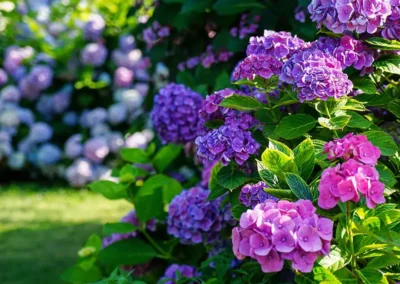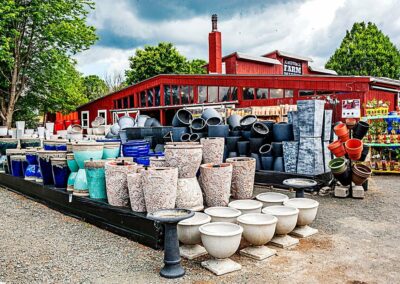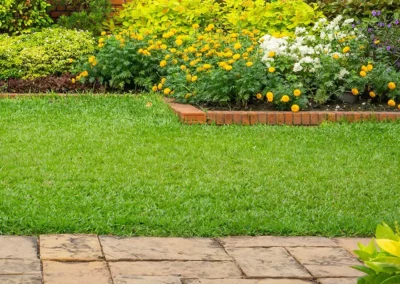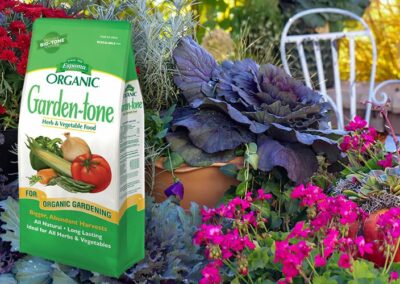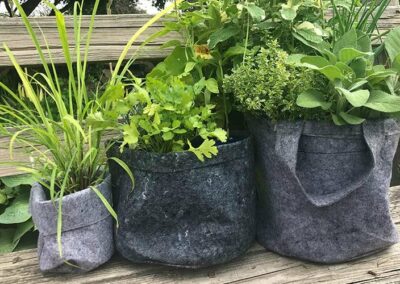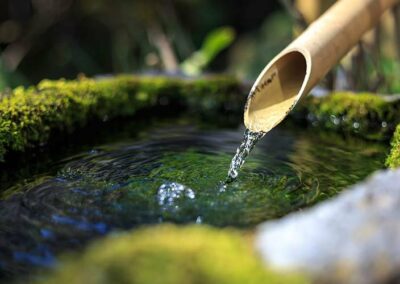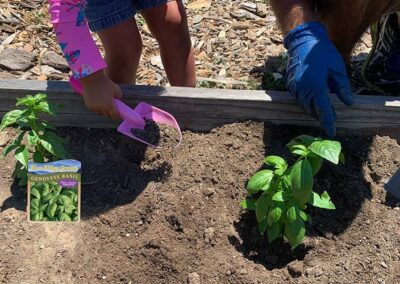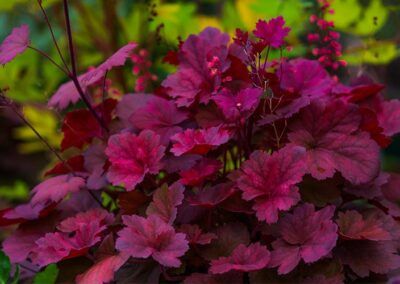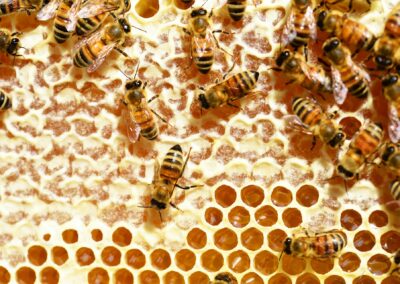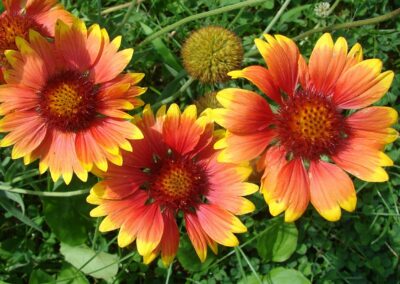Ahhh, it’s truly summertime now with all its heat and humidity, and as you go through your garden, checking out what’s blooming and harvesting your tomatoes and blueberries, are you horrified to see that it’s turned into a salad bar for the bugs?
It’s time for pest management to go into full swing.
The ugly
What bugs do to your poor plants
Along with seeing the bugs themselves, you’ll also see wilted leaves, dying plants, black spots, yellow tips, as well as shriveled and mangled growth; this is the “ugly,” and sure signs that you have a pest problem. If you see one plant with black spots, chances are other plants will get them soon. Remove infected plants post haste, so they don’t pass any bugs on to the others.
The bad
Grubs and Beetles
As your soil heats up, the grubs of the Japanese beetle and the Northern Masked Chafer are feeding on your grass roots, and in late July and August, the adult beetles emerge from the soil and begin to feed on many kinds of trees and shrubs, as well as roses, zinnias and the silks on sweet corn. These pests are common in our neck of the woods, and their destruction is extreme. They will completely defoliate plants, and eat the flowers, too. And don’t forget the havoc they have on roots underground. These dudes are not a gardener’s friend!
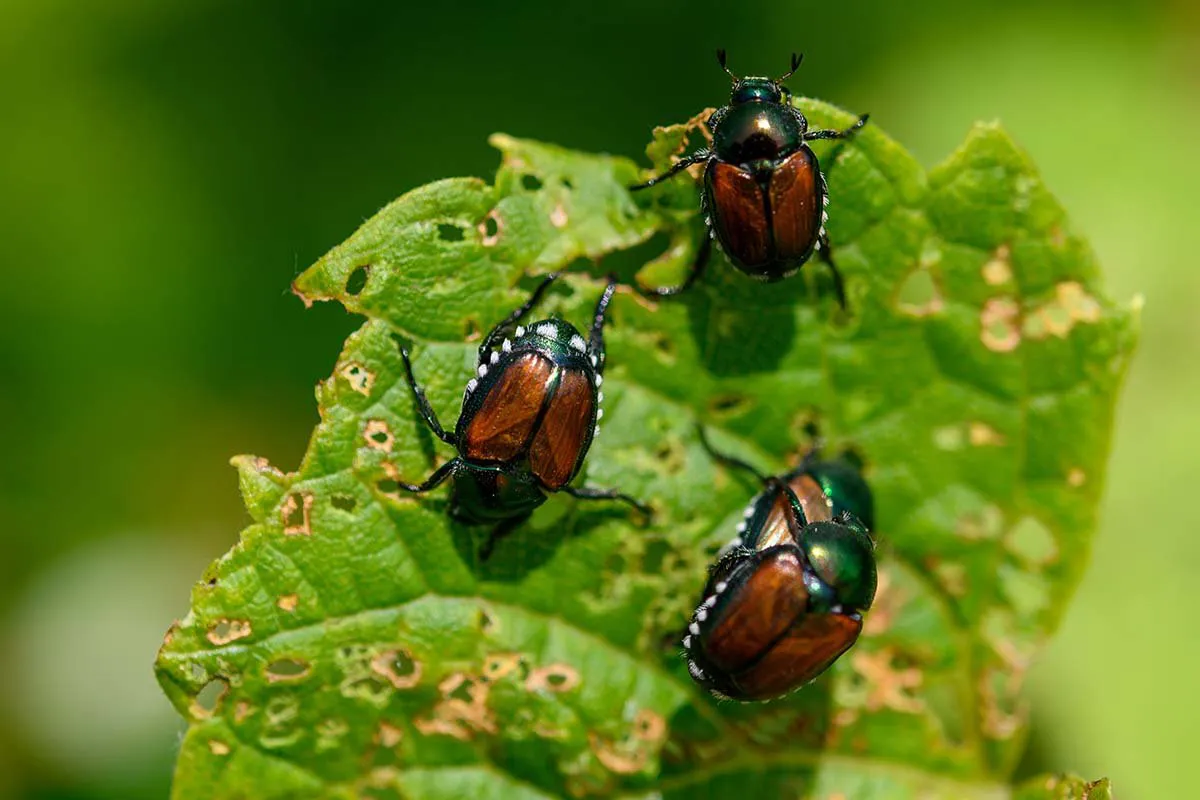
Aphids
Ugh, aphids. These are tiny, but mighty, and not in a good way. These slow-moving suckers come in many colors (black, white, red, brown, yellow, green, gray and even pink) and usually congregate in clusters, sucking the sap out of leaves and stems. As if that isn’t bad enough, they excrete a sweet, sticky honeydew substance that attracts ants and encourages sooty mold and other fungal diseases.
You absolutely want to stay on top of these destroyers. Aphids multiply without mating for most of the year, producing live young that reproduce within a week or so after birth. Some species give birth to pregnant young. Think about that for a second. Ugh.
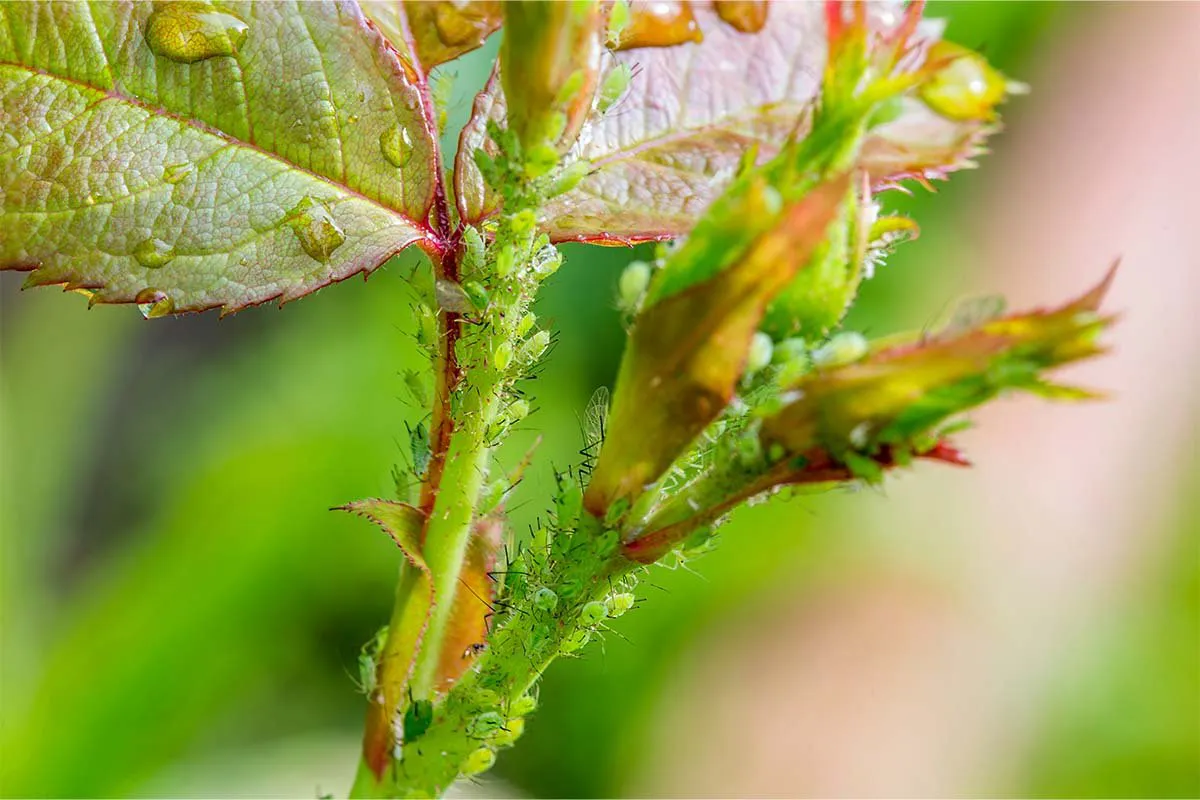
Colorado Potato Beetles
Okay, these bad bugs aren’t from the Rocky Mountain state and they don’t just eat your potato plants. In fact, they enjoy all the nightshade plants, including tomatoes, peppers, and eggplants. They eat the foliage, causing stunted and poor growth, and often decimate younger plants.
Their markings make them pretty easy to spot and, unfortunately, there are probably lots and lots of these buggers. They also multiply quickly, so you want to catch these pests early!
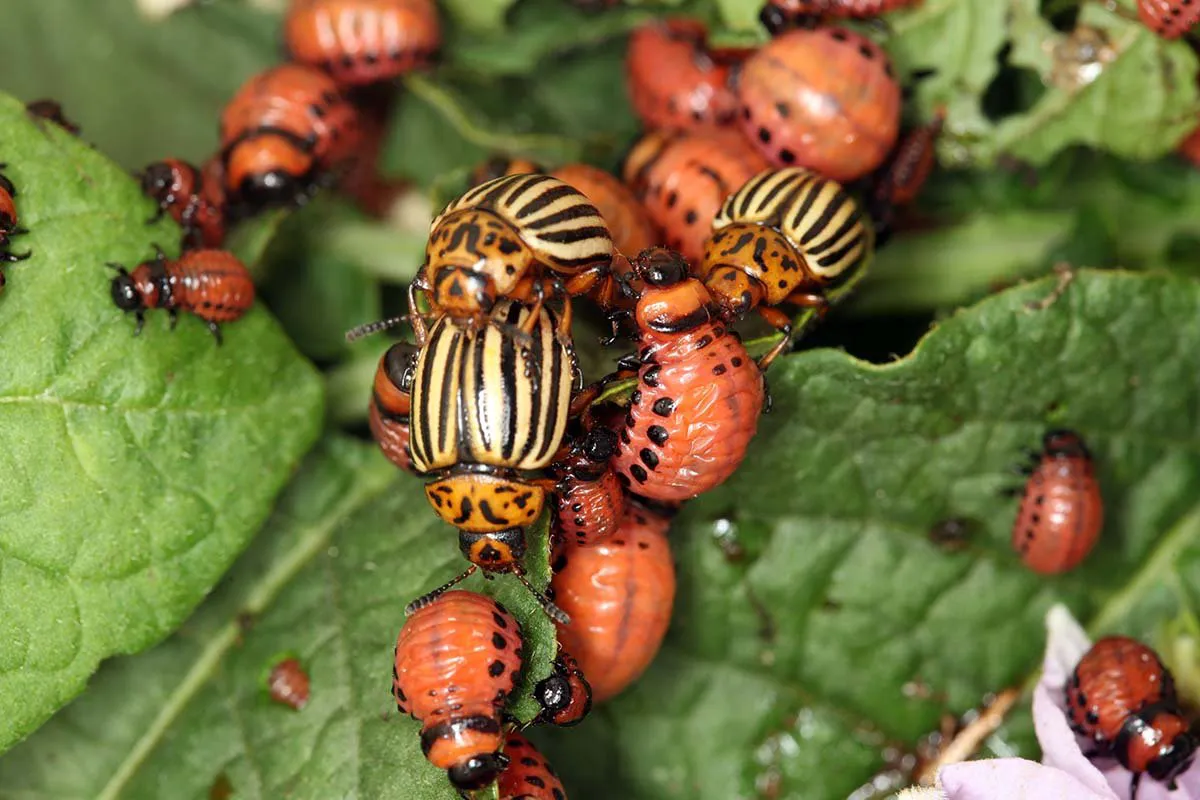
Spider Mites
Here’s another one that multiplies quickly. If you didn’t start controlling these insects in early June, you may have a huge congregation of them by now. They’re also so tiny they’re easily overlooked, and many gardeners don’t know they have a mite problem until they see leaves beginning to turn yellow.
An easy way to detect mites is to shake some leaves or a small branch over a sheet of white paper. The mites will be dislodged and can easily be seen against the white background.
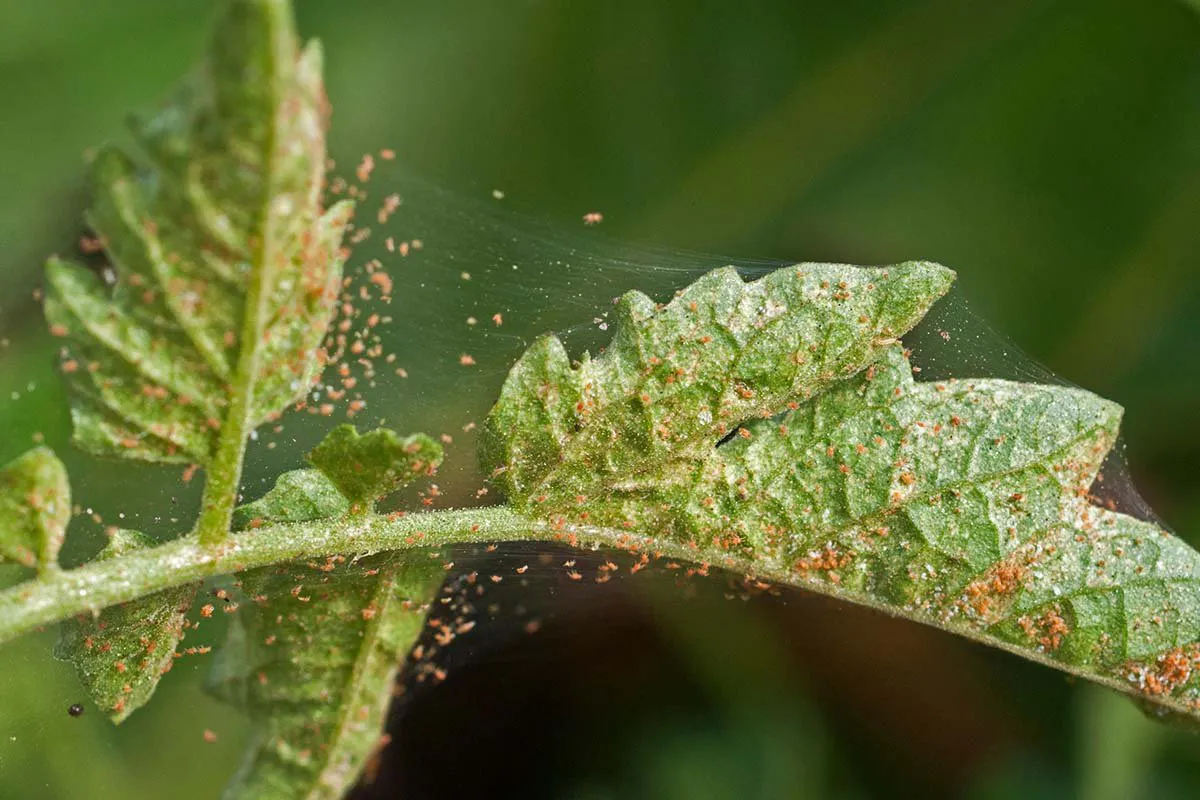
The good
Know the difference between the good bugs and the bad bugs
With all this talk of bad bugs, let’s not forget that there are many, many good insects in the garden, and you want to keep those guys around.
Why?
Good bugs not only pollinate your flowers, they eliminate many of your pests.
Take a look at the list below… Getting to know your natural garden foes as well as the friends will make gardening much easier and you much more successful. Good bugs include:
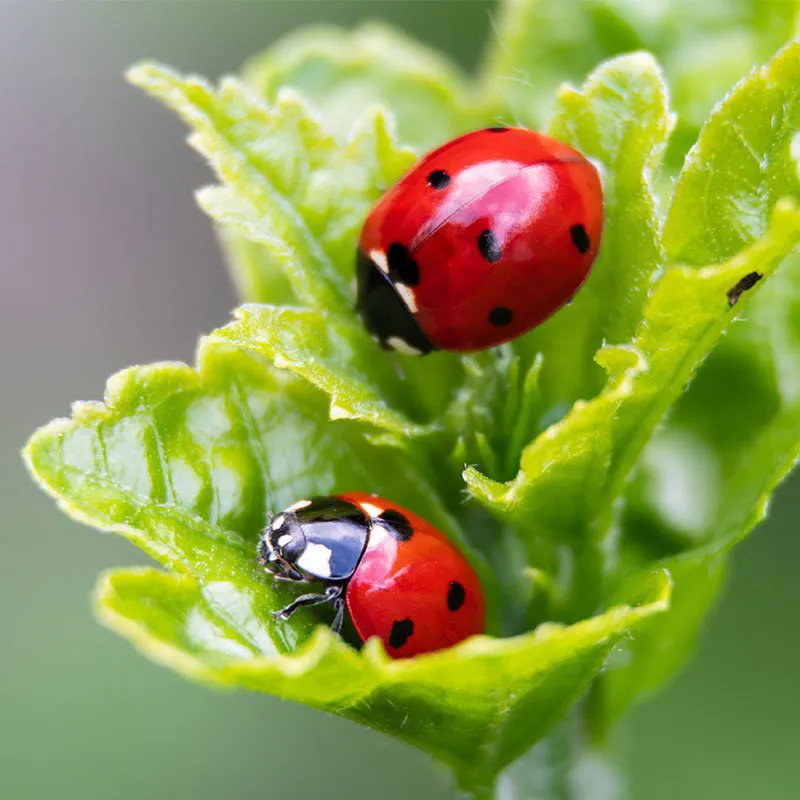
Good Bugs: Ladybugs
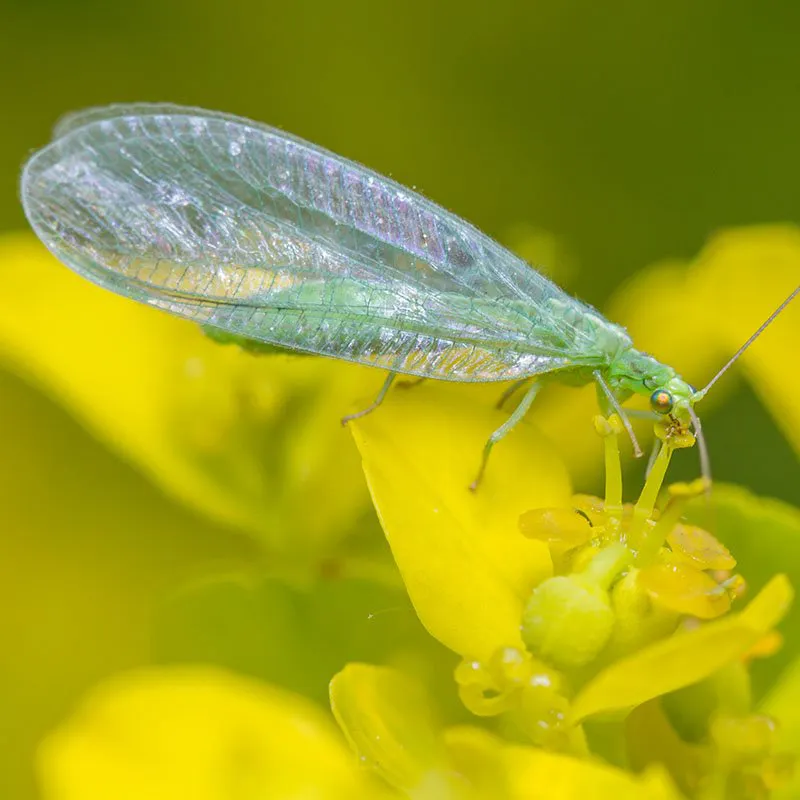
Good Bugs: Green Lacewings
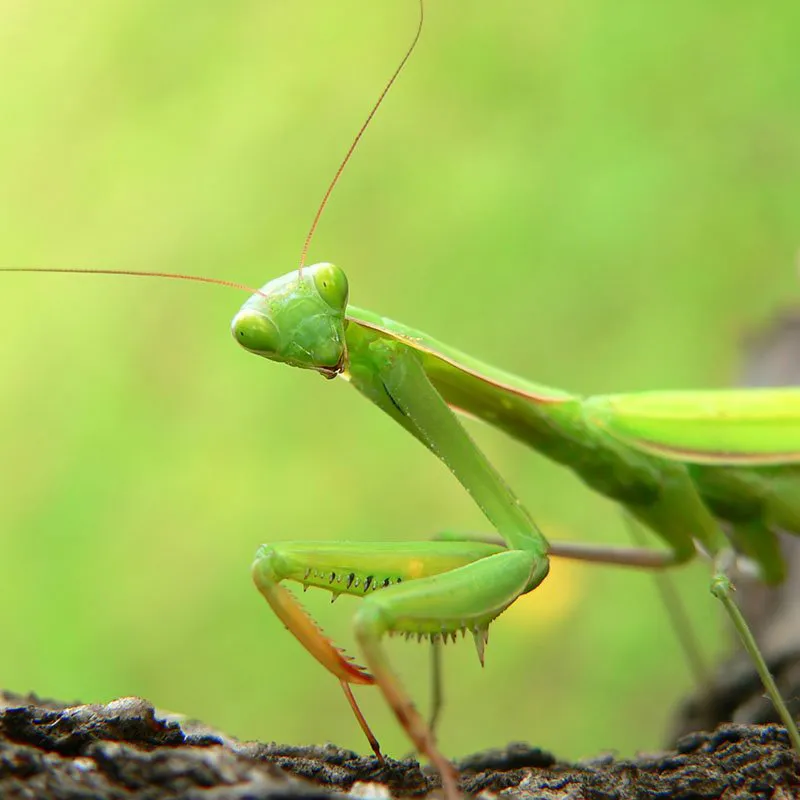
Good Bugs: Praying Mantis
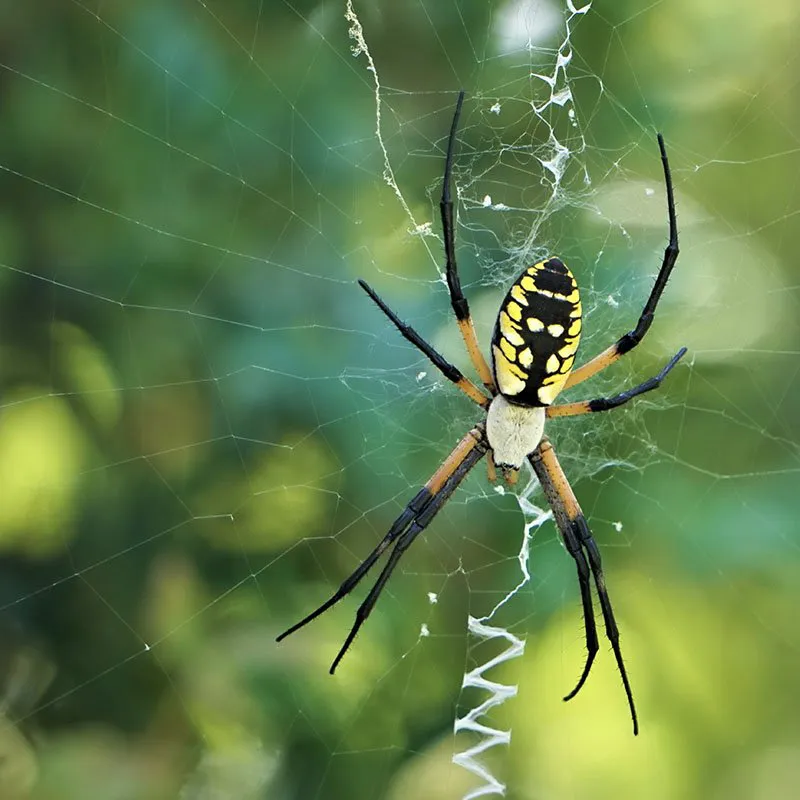
Good Bugs: Garden Spiders
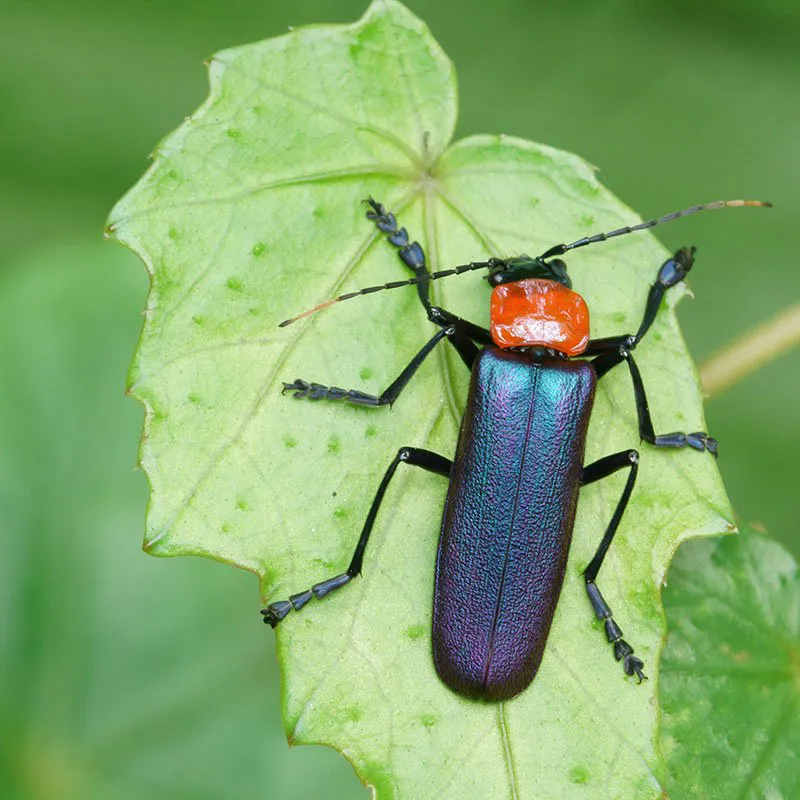
Good Bugs: Soldier Beetles
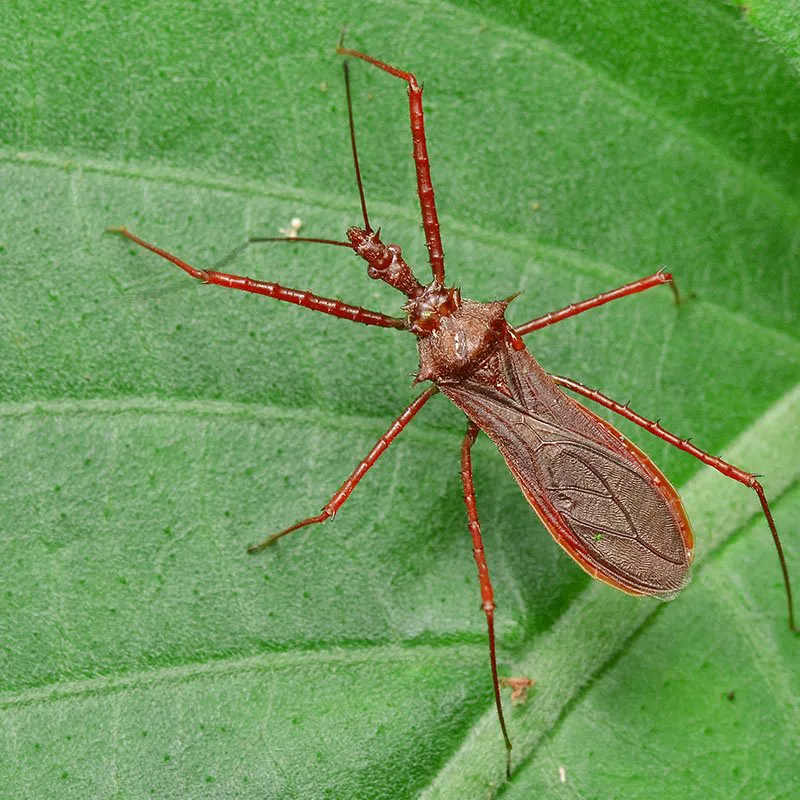
Good Bugs: Assassin Bugs
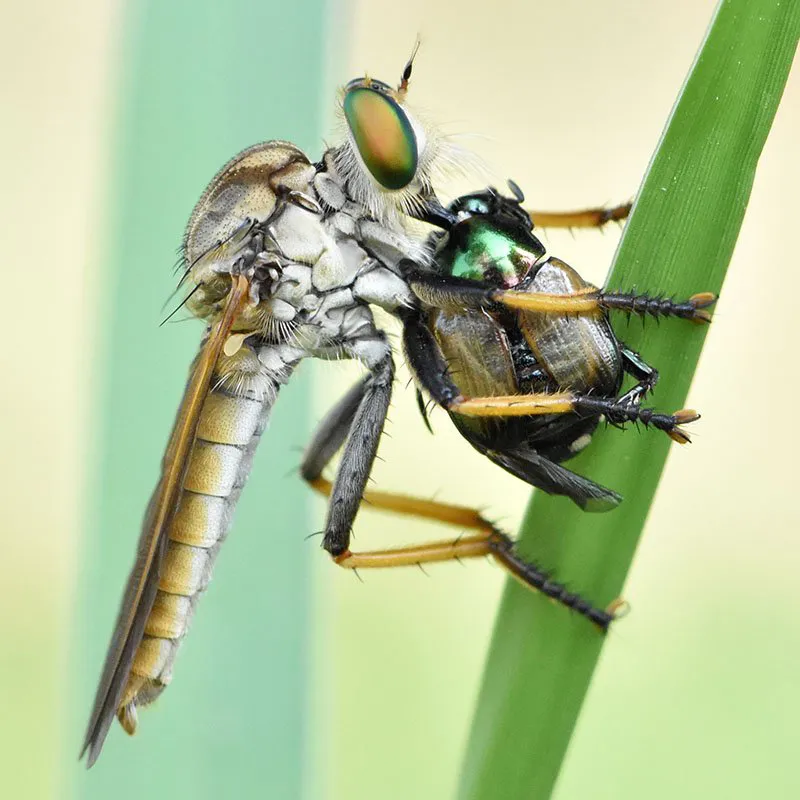
Good Bugs: Robber Flies
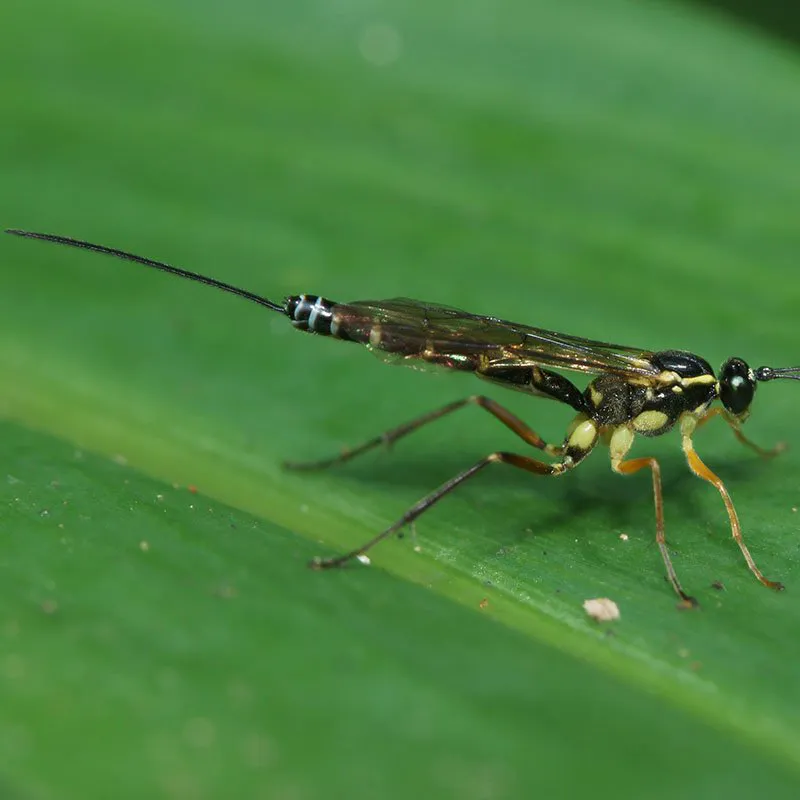
Good Bugs: Parasite Wasps
You can help attract good bugs and keep them around by…
- having pollinator plants in your garden
- having plants with compound blossoms such as yarrow, goldenrod and Queen Anne’s lace
- having flowering herbs, like lavender, mint, sage, dill, fennel and lemon balm
Neem oil and Spinosad can help keep the little creeps down to a minimum.
If your good bugs aren’t able to keep the bad bugs at bay, it may be time to control them (and even prevent them) by other means.
That includes using Neem oil, which is an all-purpose insecticide, miticide, and fungicide for organic gardening that is derived from the Neem seed. Safe to use on roses, flowers, vegetables, herbs, spices, houseplants, trees, turf and shrubs, it kills all stages of insects including eggs, larvae, and adults.
Other solutions include products with Spinosad, a naturally occurring bacteria. Spinosad is a leading pesticide used worldwide in the production of organic produce, and is great for use on bagworms, borers, beetles, caterpillars, codling moth, gypsy moth, spider mites, loopers, leaf miners, tent caterpillars, thrips and more.
What else can you do? Control the weeds.
Weeds compete with your plants for valuable resources such as water, nutrients and light. And they often harbor garden insect pests and parasites, too. Be sure to pull weeds and their roots completely out of the ground.
Keep your garden clean.
Removing faded blooms, fallen leaves and weeds is important because decaying plant matter is a prime breeding ground for fungus, garden bugs and diseases. Carry a small pail or bucket with you every time you enter your garden and use it to collect garden litter. Which also means…
Pinch off dead or infested leaves.
Now’s the time… When you first see signs of diseased leaves, pluck them off. This will stop them from contaminating the entire plant.
When you recognize the signs of an infestation, when you see destructive insects and the damage they leave behind—or you want to prevent all that—come visit us at the Garden Market.
Get what you need to show the good bugs the love and the bad bugs the proverbial door. Good luck!

